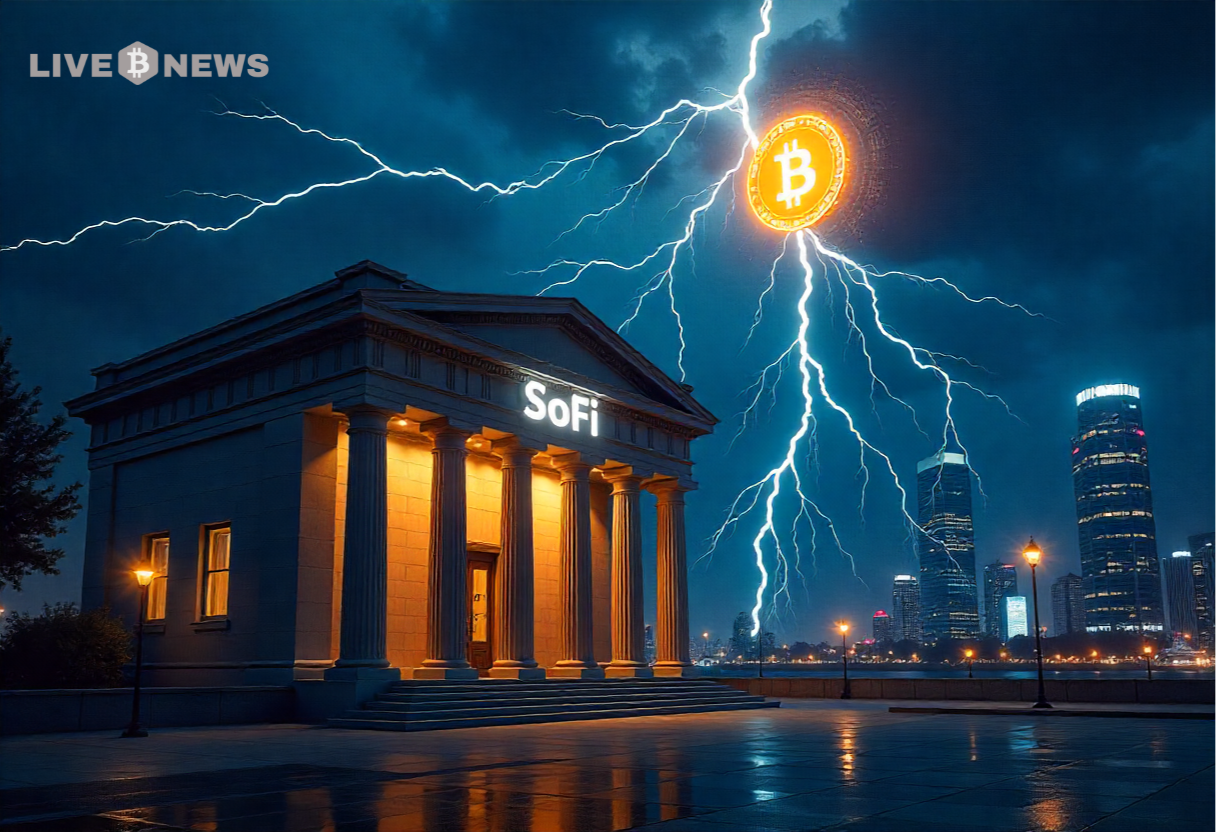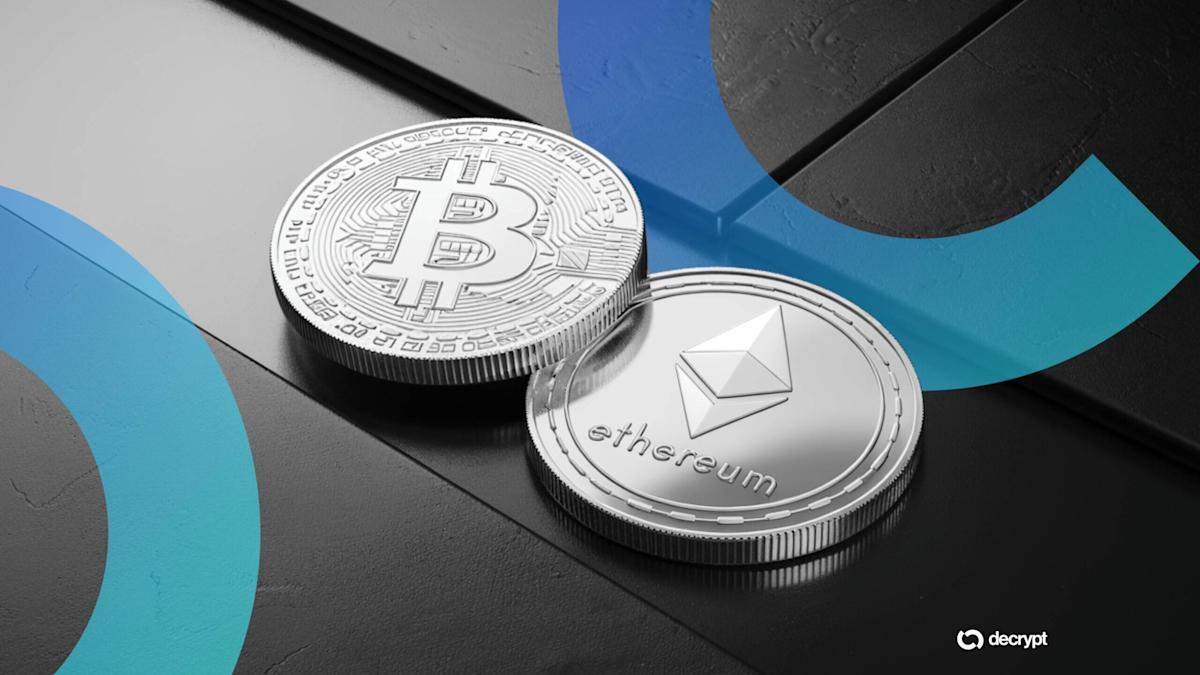TLDR
- Turkey recorded $200 billion in crypto transactions in 2025, putting it at the top of the MENA region.
- Altcoin trading in Türkiye grew from $50 million to $240 million by mid-2025.
- Stablecoin trading in Türkiye fell to $70 million as interest in the altcoin increased.
- Institutional crypto activity has increased in Türkiye while retail participation has decreased.
Türkiye has become the largest crypto market in the Middle East and North Africa (MENA), reaching $200 billion in annual transactions. However, this growth is not based on long-term adoption. Chainalysis reports that the rise is mainly due to speculative trading, particularly in altcoins. While institutional investors remain active, retail participation has declined due to continued economic pressures and reduced household access to capital.
Altcoin Trading Replaces Stablecoin Preference
Recent data from Chainalysis shows a change in Turkey’s crypto business models. Traders are now focusing more on altcoins than stablecoins. By mid-2025, the 31-day moving average of altcoin trading in Turkey reached $240 million, a sharp increase from $50 million at the end of 2024.
Meanwhile, stablecoin trading has fallen sharply. The average trading volume of stablecoins fell from over $200 million to just $70 million during the same period. This change indicates a shift away from safer assets in favor of riskier, high-yielding tokens.
Chainalysis said this change could be linked to regional economic challenges. “The timing of this altcoin surge coincides with broader regional economic pressures,” the company said, suggesting investors are seeking higher returns in an unstable environment.
Institutional activity dominates as retail trade slows
The report also reveals that Turkey’s crypto activity is now run by institutional players. These large transactions have increased while small retail businesses have declined. Chainalysis explained that this trend shows how inflation and currency instability have made crypto more attractive to wealthier investors.
However, ordinary citizens may not be able to keep up. Retail participation in Türkiye has declined, which could indicate that fewer people have the means to invest. “Turkey economic challenges could reduce the ability of ordinary Turkish citizens to participate,” the report said.
This shift contrasts with countries like the UAE, where crypto is starting to serve practical functions such as payments, instead of just being an investment tool.
Turkey leads MENA region, but regional growth lags behind
Turkey is now far ahead of other MENA countries in terms of crypto volume. They recorded $200 billion in activity over 12 months, while the UAE came in second with $53 billion. Other countries in the region, including Egypt, Jordan and Saudi Arabia, recorded much lower volumes.
Even with Turkey With high trade figures, the MENA region is growing more slowly than other regions. Chainalysis reported that the MENA region saw a 33% year-over-year increase in crypto usage. This growth is lower than Asia Pacific’s 69% and Latin America’s 63%. Other regions, such as sub-Saharan Africa and North America, also recorded higher growth rates, above 50%.
Turkey’s figures have helped increase the MENA region’s overall position in the global crypto space. Nonetheless, the region still lags behind markets in Asia and Latin America, where crypto is growing faster and is often used for both investment and real-world applications.
Economic Struggles Fuel Risk-Driven Trading
Turkey’s high inflation and currency instability appear to be strong reasons behind the current crypto market structure. Many institutional players may be using crypto as a way to store value or protect against the weakening of the Turkish lira.
However, the increase in altcoin trading suggests a higher risk appetite. Chainalysis described the trend as “desperate yield-seeking behavior,” highlighting the possibility that many will turn to volatile assets in search of quick returns.
While this may offer temporary gains for some, it also raises concerns about the long-term stability of the market. As more traders turn to high-risk altcoins, the market becomes more exposed to sudden changes in price and investor sentiment.










